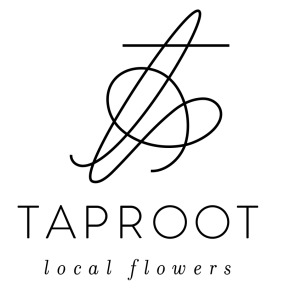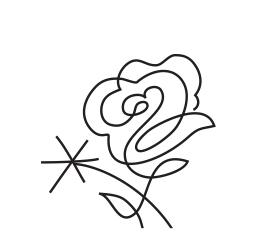You’re almost there! It’s time to make it all happen:
1. Select a name for your business.
— Start brainstorming! Once you’ve selected a few potential names, conduct a quick Internet search. What comes up when you search for each name?
— Next, you’ll need to confirm that the name is legally available. In the US, most states have registries available that you can check. (For example, here is New York’s.) There is also a federal trademark database.
— Is the related domain name available? Check here to see if it’s for sale.
2. Make it legal. Depending on where you live, you might need to:
— Find out if you need a license to be a working florist in your state. (Most states do not have licensing requirements.)
— Decide how to structure your business. If you’re not sure what the best option is for you, consult an attorney or an accountant (or both) before moving forward.
— Register your business. You might need to do this on the federal, state, or local level. (Or all three!)
— File a DBA (Doing Business As) if your business has multiple names.
— Apply for a EIN (Employer Identification Number) with the IRS (Internal Revenue Service).
— Apply for a resale certificate. You’ll need this to be able to purchase wholesale flowers/hard goods and resell them. (This is sometimes called a reseller’s permit/license, certificate of authority, or sales tax ID.)
— Register your resale ID and/or EIN with flower wholesalers and local flower farmers.
3. Get your finances in order. Depending on your situation, you may need/want to:
— Apply for financing/loans.
— Get your business bank account(s) set up.
— Purchase insurance.
— Hire a bookkeeper.
— Learn about accounting/bookkeeping for small businesses.
— Sign up for bookkeeping software, like QuickBooks or FreshBooks.
— Set up your initial balance sheet and income sheet.
— Decide how you’ll take payment for your services.
The material above is for informational purposes only and does not constitute professional, legal, or financial advice. If you’re not sure what the best choices for your business are, consult an attorney, accountant, or bookkeeper in your area before moving forward.








